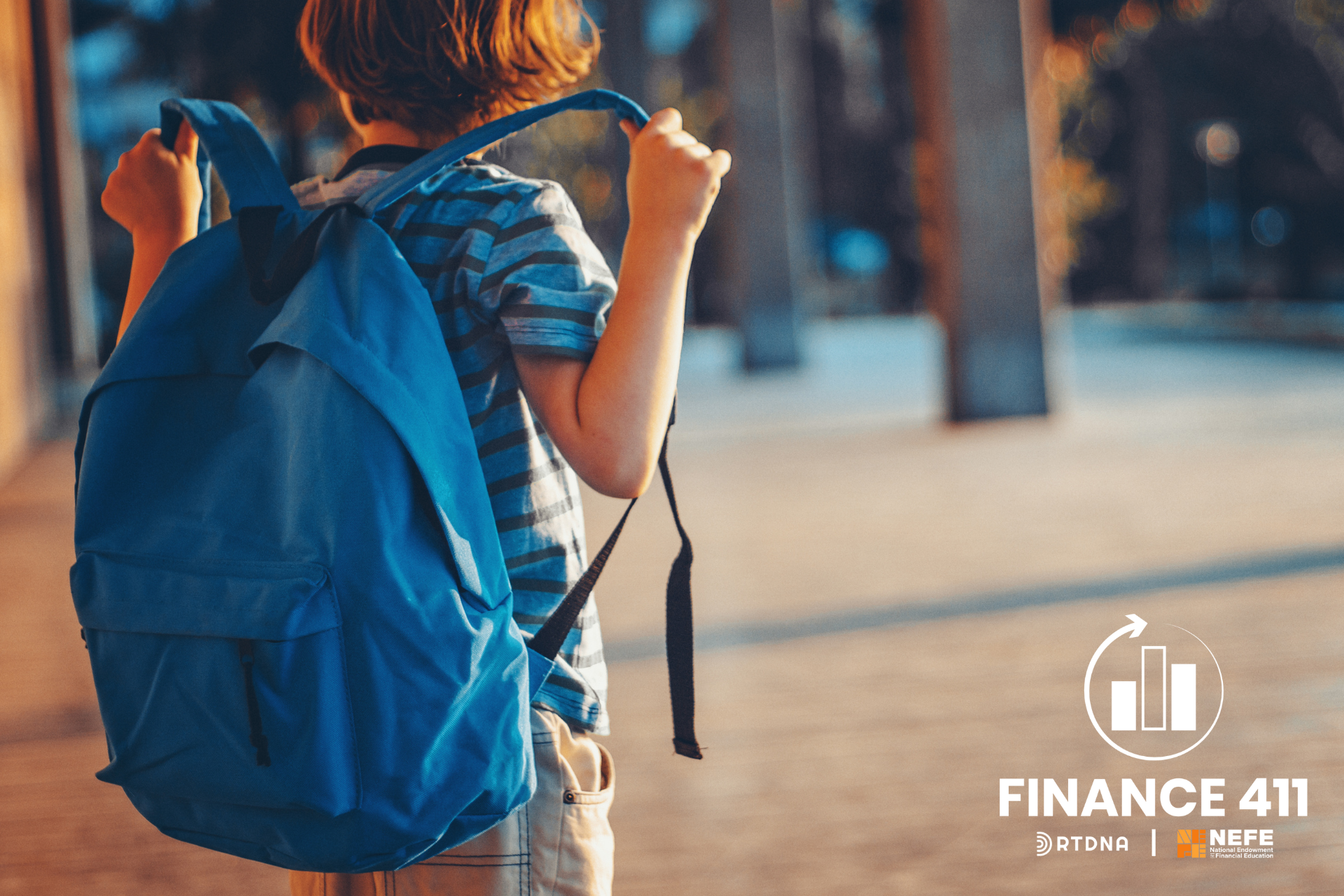Tips for journalists reporting those back-to-school stories

By Dori Zinn
Summer is supposed to be a time of rest and relaxation for kids. For parents, however, there’s less time than ever to take a break because back-to-school shopping takes up so much more time, effort, and energy.
The National Retail Federation (NRF) says that by early July, 55% of back-to-school shoppers have already started for the upcoming year for both secondary and college-aged students. Spending more time on back-to-school shopping could be due to how much parents spend on their children for supplies and clothes.
Estimates by the numbers
For families with children in elementary through high school, expect to spend an average of $874.68 — about $15 less than last year’s record, the NRF says. This figure includes clothes, shoes, supplies, and electronics. That figure is steep enough but isn’t even the highest on record. According to the NRF, last year’s high was $41.5 billion. This year, families could shell out around $38.8 billion.
It’s also different for college-aged kids. The NRF estimates that total back-to-school spending for college students and their families will hit $86.6 billion — down from the record $94 billion last year. It’ll average about $1,364.75 per family.
These basic figures don’t include other costs, like joining clubs or sports, books, extracurriculars and more.
Sharing back-to-school stories with your audiences
It’s important to share with readers, listeners and viewers how much they’re expected to pay and how much things are expected to cost. Many parents compare supplies costs across different stores long before heading out to purchase. Think of how those stories impact your community, including:
-
Where to find school uniforms at a discount
-
How to get free or cheap school supplies
-
Second-hand electronics
-
What supplies do schools keep on hand for students who might not be able to afford all of their own
-
Comparing prices of supplies in your community from 10, 20 or even 50 years ago to now
-
Talking to teachers who can share how times have changed for back-to-school shopping from when they first started educating to now
Each community and school might look different, so it’s important to consider how national figures tie into local reporting. For instance, the average $874.68 families pay for elementary through high school children might be more or less in your area. Detail why that is.
Niche audiences
With the increase in nationwide homeschooling, it might be worth exploring back-to-school shopping topics for these audiences. For instance, how do homeschoolers shop for supplies? How much do families save by not purchasing uniforms?
You can also look into micro-schools and consider families moving away from traditional public and private schooling. What do supply lists look like for those who use micro-schools or pods?
While back-to-school shopping has looked a lot like loading up on supplies and new clothes, the variation in education means it looks different for different types of families. Think about your audience and expectations as you move into back-to-school season.
ADDITIONAL RESOURCES
Dori Zinn is a personal finance journalist with work featured in the New York Times, Wall Street Journal, Yahoo, CNN, and more. She’s also the President of Blossomers Media, a web development and online media company. She can be reached at dzinn@blossomers.com.
Finance 411 is a bi-monthly feature, presented by RTDNA and the National Endowment for Financial Education. Interested in becoming a contributor? Email info@rtdna.org for more information.
